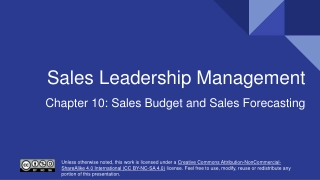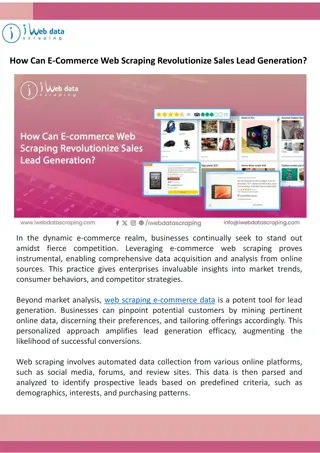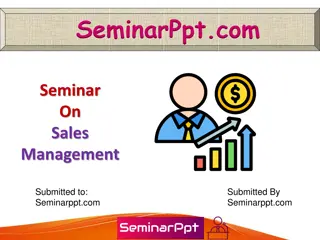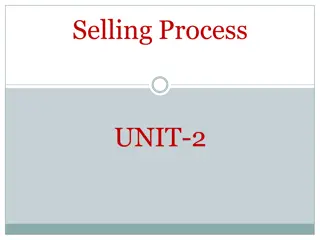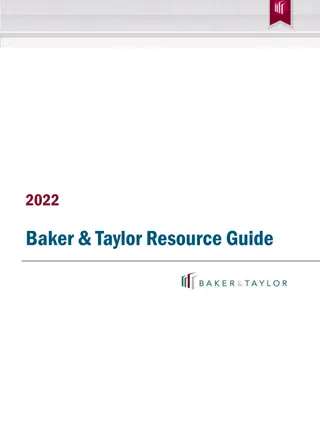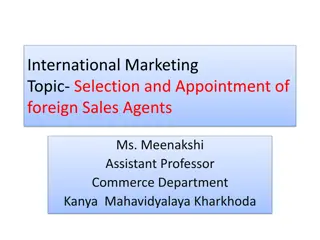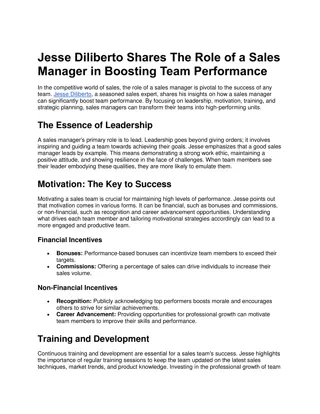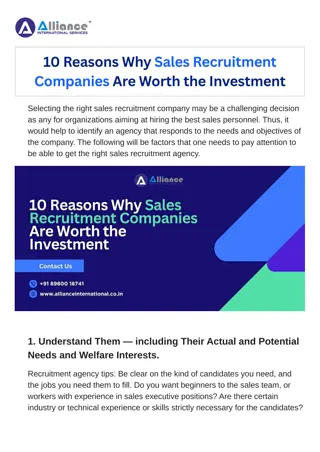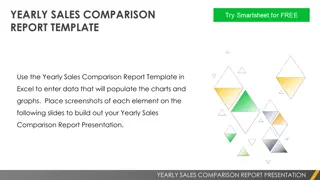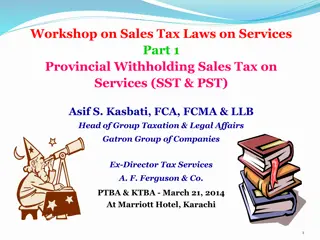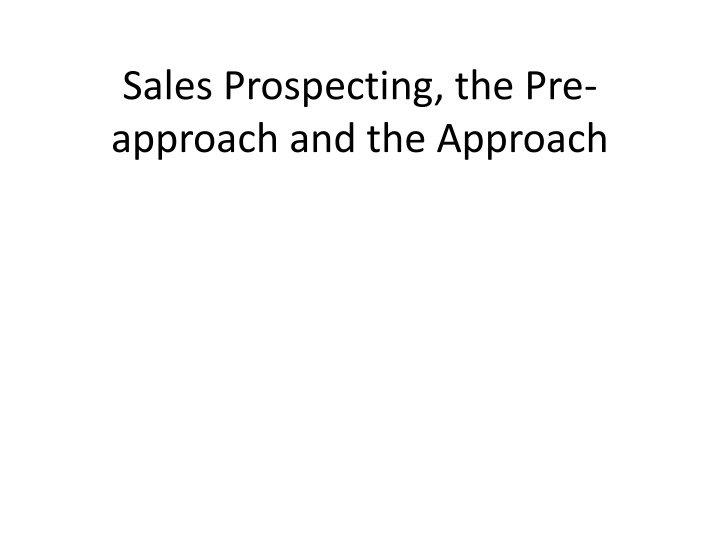
Mastering Sales Prospecting Strategies for Success
Learn the essentials of sales prospecting, including identifying prospects, differentiating between leads and prospects, qualifying prospects, and effective prospecting techniques to boost sales productivity and success.
Download Presentation

Please find below an Image/Link to download the presentation.
The content on the website is provided AS IS for your information and personal use only. It may not be sold, licensed, or shared on other websites without obtaining consent from the author. If you encounter any issues during the download, it is possible that the publisher has removed the file from their server.
You are allowed to download the files provided on this website for personal or commercial use, subject to the condition that they are used lawfully. All files are the property of their respective owners.
The content on the website is provided AS IS for your information and personal use only. It may not be sold, licensed, or shared on other websites without obtaining consent from the author.
E N D
Presentation Transcript
Sales Prospecting, the Pre- approach and the Approach
Who is a prospect? The person/organization who is most likely to benefit from a product and can also afford to buy. A lead is a person or an organization who might possibly be a prospect. A lead must first be qualified before it can be considered a prospect
Prospects vs Suspects You spend time with a suspect (leads); you invest time with a prospect (qualified). Prospecting is a 24/7 job and is the life- blood of sales. It identifies potential customers
Good prospecting means more sales because it allows you to spend your time with people whose probability of buying is high Good prospecting increases and improves your productivity
What is a qualified prospect? A qualified prospect has a need for the product, can afford to buy, has the authority to make the decision to buy
How to qualify a prospect? Does this individual or business need my services or product? Does this individual or business perceive a need or problem that may be satisfied by my product or service? Does the individual or business have a sincere desire to fulfill this need or solve this problem? Can this person desire to fulfill needs or solve problems be converted into a belief that my product is needed? Does this individual or business have the financial resources to pay? Does the individual have the authority to buy? Is this potential prospect s purchase large enough to be profitable?
How to get qualified prospects? Referral systems Centres of influence/networking Personal observation Sales associates Cold calls Direct marketing Parties Walk ins or call-ups
Planning for selling 5Ps Prior Planning Prevents Poor Performance
The Preapproach to Individuals Name Age Education Place of residence The need Ability to buy Authority to buy Facts about family Reference groups The best time to call Personal peculiarities Occupation Recreation, interests, hobbies
The Preapproach to Organizations Company personnel Company operations Buying practices
Prospects state of decision The primary demand for a product must exist before selective demand can be stimulated
The Approach The Approach has three goals To gain the prospect s attention To stimulate an interest in the proposition To provide a smooth transition into the presentation
80% of all sales people have call reluctance. Results follow effort Successful sales professionals make the sales calls for the benefit of the prospect and for their personal gain in that order
How to open the sales call? Gambit used to catch the interest of the customer. There is no such thing as a routine sales call. You must learn creative discontent Customer should look forward to your arrival.
Opening Gambits Introductory Product Consumer benefit Curiosity Shock Showmanship Offering free services Question Statement Premium Survey Compliment Referrals Dramatics
Other essentials of a good approach Making and keeping appointments Timing the approach Use of the business card Appearance Avoiding the early dismissal Never apologizing for taking the prospect s time Winning undivided attention Relieving or removing sales tension The call-back approach
Success follows the person who possesses courage, courtesy and confidence Buyers often judge sales people chiefly by the way in which they come back after frequent rebuffs

